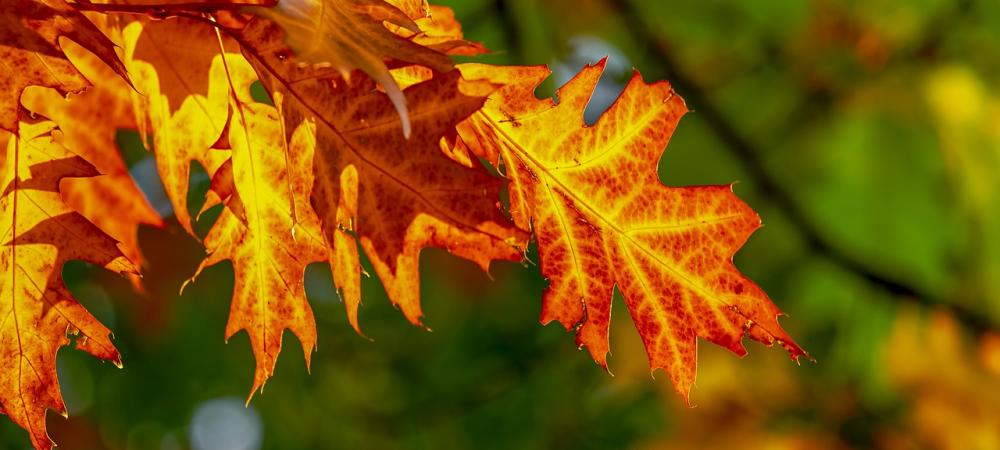Game-Changing Fall Tips for Healthier Trees & Shrubs in Alabama

As the leaves begin to turn, the cooler Alabama weather brings more than just fall colors. For homeowners, fall is the perfect season to ensure that your trees and shrubs are set up for success in the coming year. With Alabama’s unique weather patterns, taking specific steps during autumn can make a huge difference in the health and vibrancy of your landscape. Here are essential tips to help you create healthier trees and shrubs this fall in Alabama.
1. Timing Is Everything: Plan for Fall Pruning
Late fall is the ideal time to prune your trees and shrubs in Alabama. As plants head toward dormancy, pruning can help reduce the risk of disease, encourage strong spring growth, and improve shape and structure. Here’s what to keep in mind:
- Focus on Dead or Diseased Branches: Pruning out dead, damaged, or diseased limbs prevents potential problems from spreading and strengthens the overall plant.
- Avoid Early Fall Pruning: Be cautious, as pruning too early can cause plants to produce new growth that’s highly susceptible to Alabama’s unexpected frost. Wait until temperatures drop consistently.
2. Deep Watering Before Winter Hits
Alabama’s fall season can be dry, and trees and shrubs need ample moisture going into winter to handle cooler temperatures and potentially dry conditions. Deep watering is crucial, especially if rain has been sparse.
- Water Thoroughly but Infrequently: Saturate the soil to a depth of about 12 inches, but avoid daily watering. A deep soak every 2-3 weeks helps roots reach deeper into the soil, making it easier to withstand Alabama's unpredictable weather.
- Focus on Trees and Young Shrubs: Older trees are generally more resilient, but newly planted or younger shrubs and trees may need extra water to establish stronger roots.
3. Insulate Roots with Mulch
A healthy layer of mulch—around 2-4 inches deep—can act as a blanket, protecting roots from extreme cold while also retaining soil moisture. Mulching is particularly useful in Alabama where the winter temperatures can swing from mild to freezing overnight. Pine straw, bark, or wood chips work well, but keep mulch about 2-3 inches from the base of the tree trunk or shrub to prevent rot.
4. Fertilize for Healthier Growth
After a long Alabama summer, your trees and shrubs could use a nutrient boost. Choose a slow-release fertilizer specially formulated for trees and shrubs, and apply it in late fall. Fertilizing now will allow roots to absorb essential nutrients throughout the winter, promoting lush growth when spring returns.
- Choose a Balanced, Slow-Release Fertilizer: Opt for one specifically designed for trees and shrubs to support root health and energy storage for spring growth.
- Follow Label Instructions Carefully: Avoid over-fertilizing, which can stress plants. Instead, use the recommended amount to promote slow nutrient release over the winter.
5. Check for Insects and Disease
Alabama’s warm fall weather can lead to a higher risk of lingering pests and diseases. Take some time to inspect your trees and shrubs for any signs of insect activity, such as discolored leaves, webbing, or leaf holes. Early detection allows for safe, targeted treatments, such as organic sprays or natural deterrents, that help trees stay healthy throughout the winter.
6. Prevent Winter Burn on Evergreens
Alabama winters can be mild, but sudden drops in temperature or frost can stress evergreen shrubs, leading to brown, brittle foliage—a condition known as winter burn. To minimize winter damage:
- Water Thoroughly Before Freezing Nights: Evergreens retain moisture through their foliage, so ensure they’re hydrated to prevent winter burn.
- Consider Using Burlap Covers: For young or especially exposed evergreens, burlap screens offer extra protection from sudden frost and cold winds, keeping foliage safe.
This extra step can make a big difference for young or exposed evergreens in your yard.
7. Rake and Remove Fallen Leaves
While a light layer of leaves can act as natural mulch, too many leaves can create a damp environment around your trees and shrubs that encourages fungal growth. Regularly raking up fallen leaves around your trees and shrubs will reduce the chances of disease. As a bonus, those collected leaves can be composted to create nutrient-rich soil for next spring!
8. Protect Against Alabama’s Frosty Nights
Alabama might not have snow-heavy winters, but we do get frosty nights that can be rough on tender plants. If you have young or newly planted trees and shrubs, consider covering them on particularly chilly nights to prevent damage. This simple protection can make a big difference in keeping young plants healthy.
- Use Frost Cloths on Vulnerable Plants: Protect young shrubs, flowering plants, or newly planted trees on nights when frost is forecasted.
- Anchor Cloths Securely: Secure covers to keep them in place on windy nights, but remove them in the morning to avoid trapping moisture.
End-of-Fall Checklist for Alabama Homeowners
To make things easier, here’s a quick checklist to keep your trees and shrubs healthy all fall and winter:
- Prune dead or diseased branches and avoid early fall pruning.
- Deep water trees and shrubs, focusing on younger plants.
- Apply a 2-4 inch layer of mulch around roots.
- Fertilize with a slow-release formula for winter nourishment.
- Check for pests or diseases and treat them early.
- Rake leaves regularly to prevent fungal growth.
- Protect evergreens from frost and windburn.
- Cover young or tender plants during frosty nights.
By following these fall care tips, you’ll be giving your Alabama landscape the best possible start for the upcoming year. Investing a little time this fall in care and maintenance will pay off come spring with a healthy, beautiful yard full of strong, thriving trees and shrubs.
For more helpful tips and tricks, reach out to our team of tree care professionals at Envirogreen. We have proudly served Auburn, Opelika, Alexander City and the surrounding Eastern Alabama communities since 2009.
